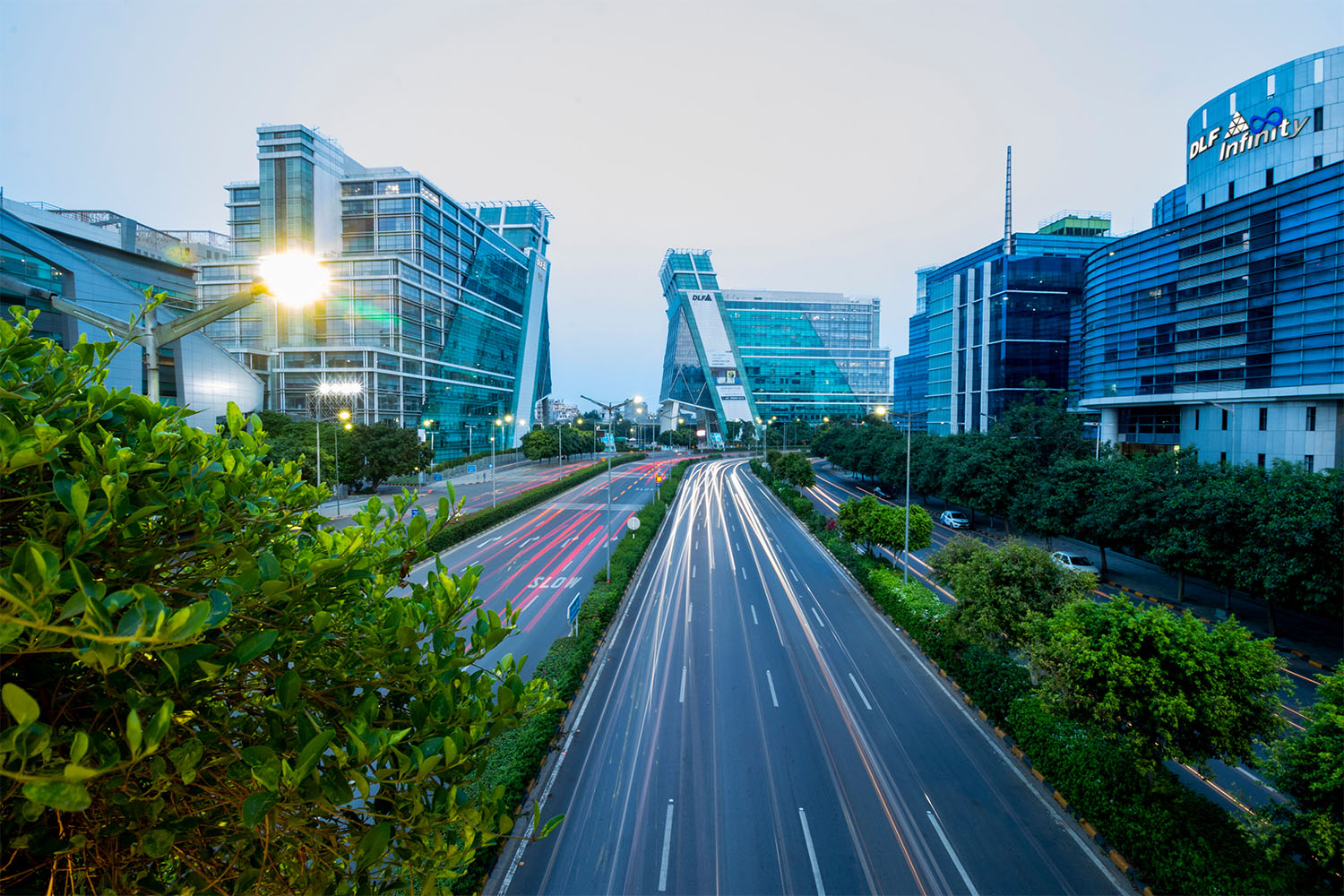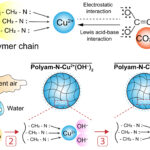2023-03-14 アメリカ合衆国・ローレンスバークレー国立研究所(LBNL)

・ LBNL が、インドではクリーンエネルギー技術研究を通じたエネルギー自給が 2047 年までに達成可能とする報告書、「Pathways to Atmanirbhar Bharat(自立的なインドへの道筋)」を発表。
・ インドの最もエネルギー集約的な電力・運輸・産業の三部門を調査したこの研究では、同国のエネルギー自給の達成により、経済、環境、エネルギー面で大きな利益が生み出され、これには 2047 年までの 2 兆 5000 億ドルの消費者貯蓄、2047 年までの化石燃料輸入支出の年間 90%(2400 億ドル)の削減、インドの世界産業競争力の強化、そして同国のネット・ゼロ・コミットメントの前倒しの実現等を含む。
・ 世界第 3 位のエネルギー消費国であるインドでは、急速な経済成長により今後数十年でエネルギー需要の四倍の増加が見込まれるが、現在は国内で消費している石油の 90%、工業用石炭の 80%、天然ガスの 40%を輸入に頼っている。近年の世界のエネルギー市場における価格と供給の不安定性は、インドの外貨準備を圧迫し、経済全体のインフレをもたらしている。
・ インドのエネルギー自給には、政府が目標とする 2030 年までの電力部門による非化石燃料の発電設備 500GW 以上の導入と、その後の 2040 年までに 80%、2047 年までに 90%のクリーンな電力系統の導入が含まれる。
・ 2035 年までに新車販売のほぼ 100%が EV に、また、2047 年までに鉄鋼の 90%、セメントの 90%、肥料の 100%のように、重工業生産は主にグリーン水素と電化に移行する可能性がある。EV や電力系統規模の蓄電池システムの製造に要するリチウム (2040 年までに推定 200 万トン) の大部分は、新たに発見された国内埋蔵量で賄うことが可能。インドの産業は、EV やグリーンスチール製造などのクリーン技術に移行する必要がある。
・ インドのエネルギーインフラは今後数十年で 3 兆ドルの投資を必要とし、費用対効果が高くクリーンな新エネルギー資産を優先することが長期的な財政の持続可能性にとって極めて重要である。
・ インドのエネルギーインフラの大部分が未構築のため、同国にはクリーンエネルギーの未来へと飛躍する独自の利点がある。このエネルギー移行には、クリーン技術の導入義務、グリーン水素などの新興技術への財政的・政策的支援、国内製造能力への投資等、多大な政策支援が必要となる。
URL: https://newscenter.lbl.gov/2023/03/14/india-energy-independence-by-2047/
<NEDO海外技術情報より>
関連情報
LBNL による報告書(フルテキスト)
Pathways to Atmanirbhar Bharat: Harnessing India’s Renewable Edge for Cost-Effective Energy
Independence by 2047
URL: https://emp.lbl.gov/publications/pathways-atmanirbhar-bharat
Abstract
Prime Minister Modi’s commitment to Atmanirbhar Bharat aims to make India energy independent by 2047. However, India currently imports 90% of its oil and 80% of industrial coal. Price and supply volatility in global energy markets, as witnessed in recent years, strain India’s foreign exchange reserves, resulting in economy-wide inflation. Recent dramatic declines in clean energy costs provide India an opportunity to lower energy imports through investment in renewable energy, battery storage, EVs, and green hydrogen. This study assesses a pathway for India to meet its growing energy needs and achieve near-complete energy independence by 2047, focused on India’s three largest energy consuming sectors –power, transport, and industry — which collectively account for more than 80% of energy consumption and energy-related CO2 emissions. Key findings are as follows:




